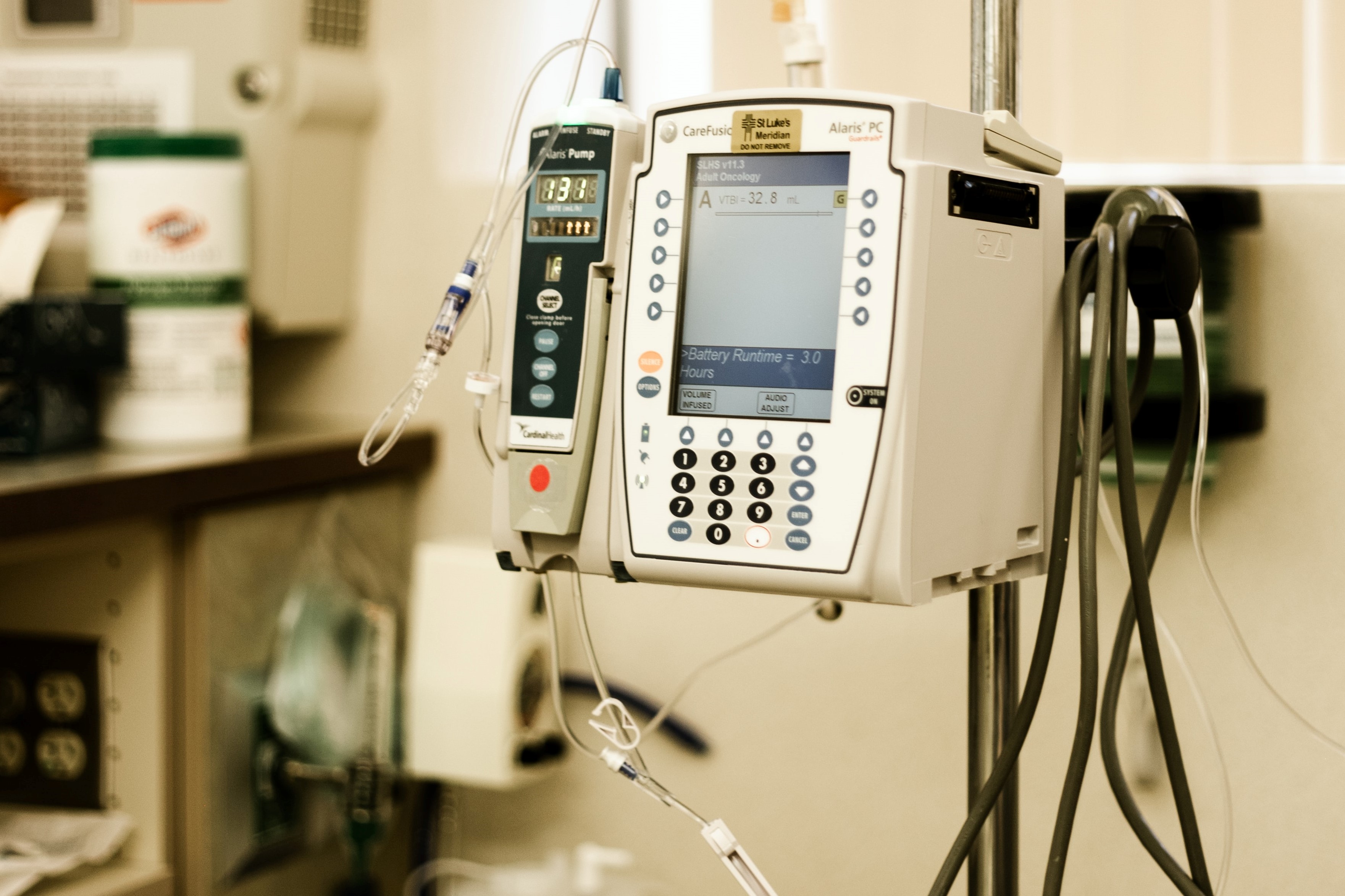The Regulatory Affairs Professionals Society (RAPS) is the largest global organization of and for those involved with the regulation of healthcare and related products, including medical devices, pharmaceuticals, biologics and nutritional products. A couple of times a year its Switzerland Chapter holds a number of professional development and networking activities where attendees can connect, build relationships and most importantly learn about the latest news and developments in the sector.
Last month’s event “Risk Management Revisited - Implementation of MDR / IVDR and the latest ISO 14971 and ISO / TR 24971 revision” was held in Bern and attended by EPM Scientific’s SVP Contracts Thomas McMann and Senior Consultant Luke Treston. Here is what they learned:
We were fortunate to have some great guest speakers at the event; Oliver P. Christ from NSF-Prosystem, Amalia Tsanka from Medidee, Emilia Berg from Roche Diagnostics, Kimberly Trautman from NSF, Michael Hofmann from Biotronik, Andreas Purde from TUV SUD and Renate Pochert from Chubb insurance company. They all gave great insight into their knowledge of risk management and their experience of implementing MDR/IVDR around risk.
The latest ISO 14971
Diving deeper into the theme of the day, the new risk management standards ISO 14971:2019, it turns out that overall, there are no significant changes, which was one of the common themes of the day and was brought up by most speakers.
However, there are some minor notable changes, such as the introduction of three new definitions: benefit, reasonably foreseeable misuse and state of the art, which are aimed at increasing clarity of the terminology used within the standard.
Another key theme and change to the new standards is that there is now an additional emphasis on the ISO 14971 risk management process, which includes all risk associated with a device ranging from cyber security (data security), usability to electricity. It is interesting to see how cyber security and data has significantly increased in importance within risk management, highlighting the effects of digitalisation and technology on all areas of business.
It was furthermore raised that a company now needs to have all their social media connected to their QMS. This also accounts to their labelling, as all claims made on social channels or labels need to be true. This puts more emphasis on the marketing departments and their alignment with quality control.
One sentence which caused a bit of laughter but also confusion was “risk management should be carefully aligned”. The word carefully is very subjective and could cause a lot of misjudgement, one company’s “carefully” could be different from another – what does carefully aligned actually mean? I suppose it’s up to you to decide.
Lack of MDR notified bodies and IVDR transitions at Roche Diagnostics
The first speaker of the day was Oliver. P Christ from NSF / Prosystem, who gave a great overview of the current situation around notified bodies within the industry. With only 11 notified bodies certified for MDR, there is going to be an immense contest for notified body services and 23% (or more) will likely not get that support, due to the lack of auditors and notified bodies available.
Oliver suggested that if you focus on five topics, you might have a higher chance of a successful MDR transition. These are the points he recommends focusing on:
Clinical
Risk Management
Usability
Labelling (60+ requirements now for labelling)
Feedback (post market surveillance)
Later in the day, we had the pleasure of gaining an insight into how Roche Diagnostics have approached their IVDR transition from a risk management standpoint through Emilia Berg. Emilia talked us through the holistic approach Roche Diagnostics have taken, where again the same themes came up regarding data / cyber security and new definitions around “benefit” and “state of the art”. Emilia mentioned that the new IVDR has a greater emphasis on risk management and highlighted this by presenting some statistics, comparing both documents.
For example the old IVDR has 37 pages, the new one has 157, making it 4-times longer! The word “risk” was mentioned 34 times in the old standards and 152 times in the new one. The word “risk management” was mentioned 0 times in the old standard and 32 times in the new one. The word “benefit” was mentioned 1 time and now it is mentioned 38 times. This shows how much more priority there is placed on risk management in the new standards for IVDR.
Overall, it was a very interesting and informative day and as a recruiter it is great to get the time to gain a deeper understanding of a certain topic – even if some of it might have gone over my head.
A huge thanks to the organisers of the event and RAPS Chapter Switzerland!
